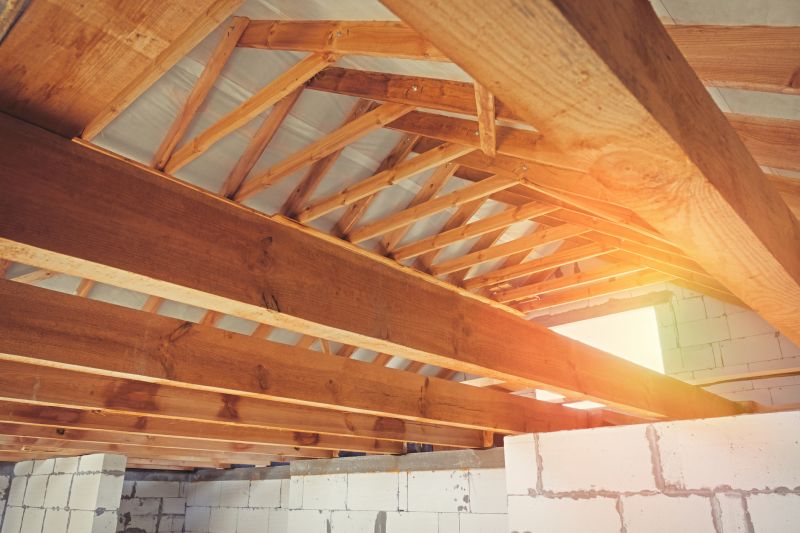Top Structural Beam Repair Products for Stronger Foundations
Explore the leading solutions to reinforce and restore structural beams effectively for long-lasting stability.
 Structural beam repairs are essential for maintaining the integrity and safety of buildings, bridges, and other load-bearing structures. When beams become compromised due to aging, rot, insect damage, or structural stress, it is crucial to select appropriate repair products to restore stability. The repair process often involves assessing the extent of damage, followed by choosing suitable materials that can reinforce or replace compromised sections.
Structural beam repairs are essential for maintaining the integrity and safety of buildings, bridges, and other load-bearing structures. When beams become compromised due to aging, rot, insect damage, or structural stress, it is crucial to select appropriate repair products to restore stability. The repair process often involves assessing the extent of damage, followed by choosing suitable materials that can reinforce or replace compromised sections.
Top Overall Option
Heavy-Duty Structural Reinforcement Kit
This comprehensive reinforcement kit includes epoxy resins, steel plates, and support jacks designed for various structural beam repair applications. It offers a versatile solution suitable for both minor and major damage, providing reliable bonding and reinforcement. The kit is easy to use, with clear instructions, making it accessible for professionals and experienced DIYers alike.
Types of Products For Structural Beam Repairs
Epoxy Resin Repair Kits
Used for bonding and filling cracks or gaps in beams, providing strong adhesion and structural support.
Steel Plate Reinforcements
Steel plates are bolted or bonded onto beams to add strength and stability, especially in load-bearing areas.
Support Jacks and Temporary Shoring
Support jacks provide temporary stabilization during repairs, helping to hold beams in position until permanent fixes are applied.
Fiber Reinforced Polymer (FRP) Wraps
FRP wraps are used to externally reinforce beams, especially in cases of extensive cracking or damage.
Concrete Patching Compounds
Suitable for repairing concrete beams, these compounds fill cracks and restore surface integrity.
Wood Repair Epoxies
Designed specifically for wood beams, these epoxies help restore strength and prevent further decay.
Anchoring Systems
Anchors secure reinforcement elements to existing structures, ensuring stability and load transfer.
Carbon Fiber Straps
Lightweight yet strong, carbon fiber straps are used to externally reinforce beams with minimal intrusion.
Grout and Underpinning Materials
Used to fill voids beneath beams or to stabilize foundation-related issues affecting beams.
Bolted Plate Systems
Pre-fabricated bolted plates provide quick reinforcement for damaged beams in various settings.
Polyurethane Foam Fillers
Flexible fillers for minor cracks and gaps, providing sealing and some degree of support.
Structural Support Beams
Pre-manufactured support beams are used to temporarily or permanently replace compromised sections.
Composite Patching Systems
Advanced composite materials designed for structural repairs, offering high strength-to-weight ratios.
Popular Choices
Widely used for crack filling and bonding, these kits are common in structural repairs due to their versatility.
Popular for their durability and load-bearing capacity, steel plates are often chosen for major repairs.
Essential for temporary stabilization during repair projects, these systems are frequently employed in structural work.
Favored for external reinforcement, FRP wraps are popular in both restoration and retrofit projects.
Common for repairing concrete beams, these compounds are trusted for surface restoration.
A go-to solution for restoring wooden beams, offering a durable bond and decay resistance.
Popular for securing reinforcement elements, anchoring systems are a staple in structural repairs.
Increasingly used for externally reinforcing beams with minimal added weight.
Pre-fabricated support beams are frequently used for quick replacement or reinforcement.
Often chosen for minor cracks and gaps, these fillers are easy to apply and cost-effective.
Various repair products are designed to address different types of damage and structural needs. These include patching compounds, epoxies, reinforcement systems, and support jacks. Proper application of these products can help distribute loads evenly, prevent further deterioration, and extend the lifespan of the structure. It is important to consider the specific requirements of the repair, such as load capacity, environmental exposure, and compatibility with existing materials.
Selecting the right product involves understanding the nature of the damage, the type of beam material, and the conditions under which the repair will take place. For example, some products are better suited for indoor use, while others are formulated to withstand outdoor elements. Professional consultation is often recommended to ensure the chosen repair method aligns with safety standards and building codes. Regular inspection and maintenance can also help identify issues early, allowing for timely intervention with appropriate repair products.
In summary, a wide range of products are available to facilitate effective structural beam repairs. From epoxy resins that bond and reinforce to support jacks that provide temporary stabilization, these tools and materials are vital for restoring structural integrity. Proper selection and application of these products can help ensure safety, durability, and longevity of the repaired structure.
Key Buying Considerations
- Assess the extent and type of damage to determine the appropriate repair product.
- Consider the material of the existing beam (wood, concrete, steel) to select compatible repair options.
- Evaluate environmental conditions such as moisture, temperature, and exposure to elements.
- Determine whether the repair is temporary or permanent, influencing product choice.
- Check the load-bearing requirements and ensure the repair materials meet necessary strength standards.
- Review application methods and ease of use, especially for DIY projects versus professional repairs.
- Consider the curing time and whether it fits within your project schedule.
- Ensure compatibility with existing structural components to avoid adverse reactions.
- Look for products with clear instructions and safety guidelines.
- Verify that the repair solution complies with local building codes and safety standards.
- Estimate the size of the repair area to select appropriately sized products.
- Evaluate the need for additional reinforcement components like plates, straps, or supports.
- Consider the long-term durability and maintenance requirements of the repair materials.
- Budget for the overall cost, including accessories, tools, and potential professional services.
